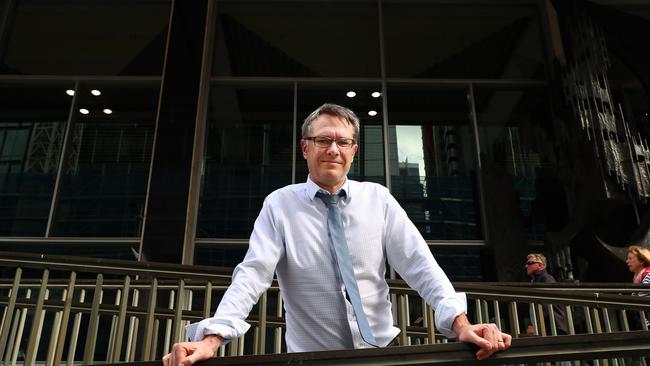Trade war gives Australia short-term tailwind but remains a major long-term risk: RBA
Australia is actually benefiting from the US-China trade stoush but major risks loom, warns RBA.

The trade dispute between China and the US will slow global growth, but Australia has been largely insulated from the tensions so far, even catching a tailwind from rising commodity prices, Reserve Bank of Australia Deputy Governor Guy Debelle said Thursday.
Australia isn’t very involved in the global supply chain, and exports resources not microchips, Mr Debelle told a business conference.
While Australia is often regarded globally as a “proxy for China,” the primary exposure of the Australian economy is to the Chinese domestic economy, not the Chinese external sector, Mr Debelle added. The external sector has been the part of the Chinese economy most affected by the trade dispute.
Economic stimulus in China has lifted demand for steel and iron ore, delivering a direct benefit to the Australian economy thus far.
“Our assessment is that the degree of overall fiscal stimulus in China is probably about on par with that in 2015 … the stimulus has been directed to the parts of the
Chinese economy that are steel intensive, most notably infrastructure,” Mr Debelle said.
As a result, the terms of trade in Australia are at their highest level since 2013, and more than 10 per cent higher than forecast, he added.
“It is a significant boost to national income, particularly given it has occurred alongside a depreciation of the Australian dollar,” he added.
Government revenue growth will also receive a boost, mainly through higher tax receipts and mining royalties, but it is unclear what the governments will do with this unexpected revenue, Mr Debelle said.
“The domestic stimulus in China to offset the trade dispute has contributed to a short-term boost to the Australian economy and significantly mitigated the impact of the trade disputes on us,” he added.
Still, “Australia has been a major beneficiary from the rules-based global trading system over many decades,” he added.
“The current threats to that are clearly a major risk for the Australian outlook over a longer horizon.”
Mr Debelle also played down the latest recession signal from the inverion of the US yield curve.
“It’s obviously a risk out there,” he said in response to question at a speech in Sydney.
“I’m not sure I’d be relying on the yield curve as the best signal of that risk given the yield curve has not obviously got the same sort of structure that it’s had historically.’’
The 2-10-year US Treasury spread turned briefly negative last night as the long end fell more after weak data in China and Germany.
Inversions of the normally positive US yield curve have preceded each of the last five US recessions with a lag of 11-23 months, according to NAB.
The Wall Street Journal





To join the conversation, please log in. Don't have an account? Register
Join the conversation, you are commenting as Logout